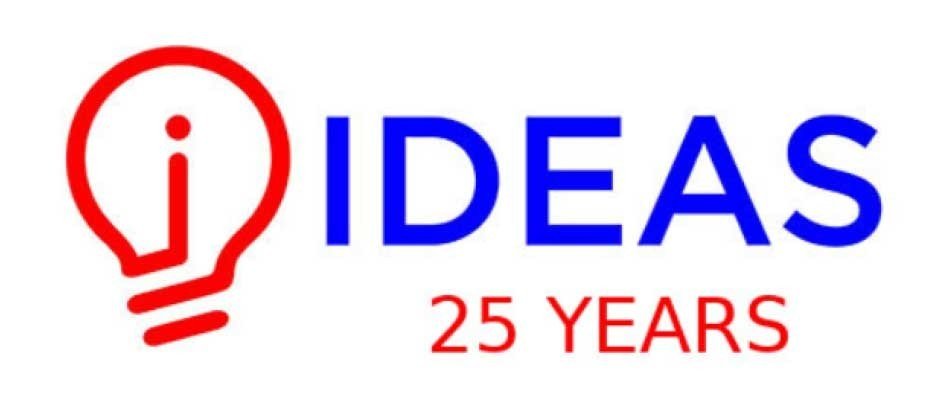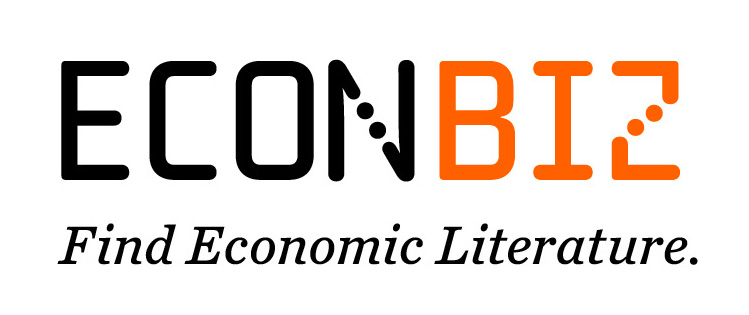| ISSN | 2615-9813 |
| ISSN (số cũ) | 1859-3682 |
Số 230 | Tháng 5/2025
Ảnh hưởng của lãnh đạo chuyển đổi đến tài sản thương hiệu dựa trên nhân viên - Vai trò trung gian của cam kết thương hiệu và vai trò rõ ràng
Nguyễn Thanh hoàng, Đào Lê Kiều Oanh
Tóm tắt:
Bài nghiên cứu tập trung đánh giá tác động của lãnh đạo chuyển đổi (LDCD) trong việc phát triển tài sản thương hiệu dựa trên nhân viên (TSNV), thông qua việc định hình vai trò rõ ràng (VTRR) và thúc đẩy cam kết thương hiệu (CKTH) thuộc đội ngũ nhân sự. Nghiên cứu tập trung vào đội ngũ nhân sự tại các trường đại học ở Việt Nam – nơi nhân sự đóng vai trò quan trọng trong việc xây dựng thương hiệu của tổ chức. Dựa trên mô hình cấu trúc tuyến tính, kết quả nghiên cứu khẳng định LDCD không chỉ có tác động trực tiếp đến TSNV mà còn có ảnh hưởng thông qua VTRR và CKTH. Khi nhân viên nhận thức rõ ràng về vai trò của mình và cam kết với giá trị thương hiệu, họ sẽ tích cực tham gia vào các hoạt động thúc đẩy hình ảnh tổ chức. Nghiên cứu này đưa ra các khuyến nghị cho các trường đại học về việc áp dụng chiến lược LDCD, minh bạch hóa vai trò công việc và nâng cao nhận thức thương hiệu nội bộ, nhằm gia tăng sự gắn kết của giảng viên, nhân viên và góp phần xây dựng thương hiệu giáo dục bền vững.
Tài liệu tham khảo:
- Aferi, A., Amali, H., & Lukito, H. (2023). The effect of transformational leadership style on organizational commitment, employee engagement, and employee performance pt. Pln (persero) up3 bukittinggi. Journal of Business Studies and Mangement Review, 6(2), 135-142.
- Anderson, M. (2017). Transformational leadership in education: A review of existing literature. International Social Science Review, 93(1), 1-13.
- Awan, M. A., Mumtaz, T., Li, X., & Wang, H. (2018). The impact of employee brand commitment on employee based brand equity: A case of banking sector. Cogent Business Management, 5(1), 1-18.
- Bass, B. M., & Riggio, R. E. (2006). Transformational leadership. Psychology Press.
- Burmann, C., & Zeplin, S. (2005). Building brand commitment: A behavioural approach to internal brand management. Journal of brand management, 12, 279-300.
- Bycio, P., Hackett, R. D., & Allen, J. S. (1995). Further assessments of Bass's (1985) conceptualization of transactional and transformational leadership. Journal of applied psychology, 80(4), 468.
- Dienesch, R. M., & Liden, R. C. (1986). Leader-member exchange model of leadership: a critique and further development. Academy of Management Review, 11(3), 618-634.
- Flatau-Harrison, H., Griffin, M. A., & Gagne, M. (2020). Trickling down: The impact of leaders on individual role clarity through safety climate strength across time. Safety science, 121, 485-495.
- Graen, G. B., & Uhl-Bien, M. (1995). Relationship-based approach to leadership: Development of leader-member exchange (LMX) theory of leadership over 25 years: Applying a multi-level multi-domain perspective. The leadership quarterly, 6(2), 219-247.
- Hemsley-Brown, J., & Goonawardana, S. (2007). Brand harmonization in the international higher education market. Journal of business Research, 60(9), 942-948.
- Kimeto, A. C., & K’Aol, G. (2018). Transformational leadership style and its influence on organizational commitment in commercial banks in Kenya. European Journal of Business and Strategic Management, 3(2), 15-43
- King, C., & Grace, D. (2009). Employee-based brand equity: A third perspective. Services Marketing Quarterly, 30(2), 122-147.
- King, C., & Grace, D. (2010). Building and measuring employee‐based brand equity. European Journal of marketing, 44(7/8), 938-971.
- Howell, J. M., & Avolio, B. J. (1993). Transformational leadership, transactional leadership, locus of control, and support for innovation: Key predictors of consolidated-business-unit performance. Journal of applied psychology, 78(6), 891.
- Morhart, F. M., Herzog, W., & Tomczak, T. (2009). Brand-specific leadership: Turning employees into brand champions. Journal of marketing, 73(5), 122-142.
- Nguyễn Thanh Trung. (2017). Giá trị thương hiệu trường đại học dựa trên nhân viên: Nghiên cứu tại Việt Nam. Luận án tiễn sĩ. Trường Đại học Kinh tế TP. Hồ Chí Minh.
- Nguyễn Thị Ngọc Duyên & Nguyễn Minh Tuấn. (2020). Các nhân tố ảnh hưởng đến Tài sản thương hiệu dựa trên nhân viên của các ngân hàng thương mại Việt Nam. Tạp chí Công thương, số tháng 12/2020.
- Northouse, P. G. (2021). Leadership: Theory and practice. Sage publications
- Peng, J., Li, M., Wang, Z., & Lin, Y. (2021). Transformational leadership and employees’ reactions to organizational change: evidence from a meta-analysis. The Journal of applied behavioral science, 57(3), 369-397.
- Puspa, T., Murtiningsih, R. S., Cirealkita, A., Amani, A. D., Lestari, G. D. F., & Widyanti, T. (2019). The influence of transformational leadership style on job satisfaction and organizational commitment. Telaah Bisnis, 18(2), 2017.
- Raj, A. (2022). Internal branding, employees' brand commitment and moderation role of transformational leadership: an empirical study in Indian telecommunication context. Asia-Pacific Journal of Business Administration, 14(3), 285-308.
- Raziq, M. M., Borini, F. M., Malik, O. F., Ahmad, M., & Shabaz, M. (2018). Leadership styles, goal clarity, and project success: Evidence from project-based organizations in Pakistan. Leadership & Organization Development Journal, 39(2), 309-323.
- Sousa, B., & Ferreira, P. (2024). Employee based brand equity: a systematic review of literature, framework development, and implications for future research. Journal of Management History, 30(3), 475-492.
- Yang, J. T., Wan, C. S., & Wu, C. W. (2015). Effect of internal branding on employee brand commitment and behavior in hospitality. Tourism and Hospitality Research, 15(4), 267-280.
The Power of Transformational Leadership in Shaping Employee-Based Brand Equity: A Case Study of Vietnamese Universities
Abstract:
This study focuses on evaluating the impact of transformational leadership on the development of employee-based brand equity through the formation of role clarity and the promotion of brand commitment among university staff. The research targets personnel in universities in Vietnam, a sector where human resources play a crucial role in shaping the institution's brand. Based on structural equation modeling, the findings confirm that transformational leadership not only has a direct impact on employee-based brand equity but also influences it through role clarity and brand commitment. When employees clearly understand their roles and are committed to the brand’s values, they are more likely to actively participate in activities that enhance the organization’s image. This study offers recommendations for universities on implementing transformational leadership strategies, ensuring role transparency, and strengthening internal brand awareness to increase faculty and staff engagement and contribute to the sustainable development of educational branding.







